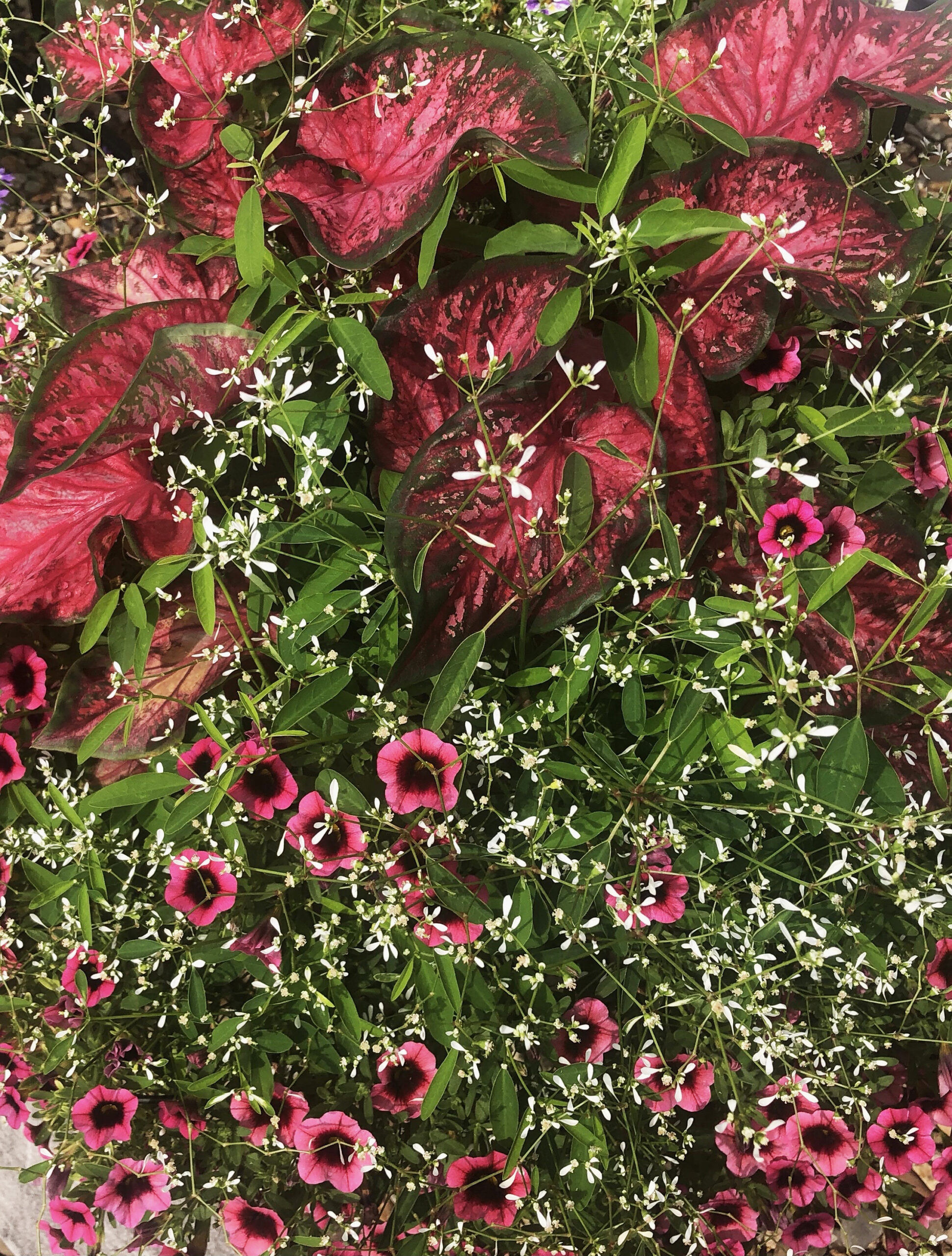Outdoor
Grazing North Texas: Purple Threeawn

By Tony Dean | [email protected]
Purple threeawn is a short-lived perennial grass that is native to the western two-thirds of the United States, and can be found in Northern Mexico and Southern Canada. This species has been separated in the past into several distinct species. The PLANTS Database currently recognizes a single species with five varieties. There are about 11 varieties of threeawns in Texas, with about half being annual and half of them perennial. These bunch grasses can grow from six to 20 inches in height and are adapted to most soil types.
Perennial threeawns are among the early plants to green up each year and provide limited grazing for a few weeks until seeds begin to develop. The leaves of most threeawns are flat, slender, and often curled near the end. The common identification trait of all threeawns is the presence of three small awns arranged like helicopter blades above each seed. In some threeawn species, these awns can irritate the eyes, mouth and throat of grazing animals. If you’ve ever walked through a field of mature threeawn while wearing low quarter shoes and socks, you will find that threeawns can irritate people, too, by sticking in your socks.
To read more pick up a copy of the November 2021 NTFR issue. To subscribe call 940-872-5922.
Outdoor
Parting Shot: Grit Against the Storm…

By Jelly Cocanougher
Brazen rumbles cut through the daylight stillness. Enamored by the grandiose symphony of the firmament, tinged in anticipation from where the light will snap next.
The clouds dance in the sky as a love letter to the electrically-charged synergy of the ground and air. It moves unashamed, reckless, and bold. It is raw power that could command attention for any being, a reminder that we are attuned to the primal opus of flora and fauna. The spirit of the prairie was awakened, the hands of a cowboy rests at the heart of it all, a symphony in combination.
Outdoor
Grazing North Texas

By Tony Dean, [email protected]
There are a handful of mean-spirited plants that seem to have developed a liking to growing in places where they are a nuisance on North Texas grazing lands. One of those plants is definitely tasajillo. I can not count the number of gates I have had to open that required a fight with this prickly foe.
I now realize there is a plausible reason why so many fence lines and gates are home to tasajillo, being that birds eat the seeds, and then deposit them along the fences thus creating a virtual nursery for this unfriendly species.
Tasajillo is a perennial member of the cactus family and can be found in all areas of the state, but with less presence in deep East Texas. It grows as individual plants or as thicket-forming clumps. This cactus seems to be most adapted to loamy soils and is often found in association with mesquite.
To read more, pick up a copy of the March issue of NTFR magazine. To subscribe by mail, call 940-872-5922.
Outdoor
The Garden Guy: A Heart to Heart Handoff with Caladium of the Year

By Norman Winter | Horticulturist, Author, Speaker
This time of the year you see stories not only looking back at 2023 but, of course, the prognostications for 2024. This is fun to do in the gardening world, too. For instance, the Proven Winners ‘Caladium of the Year’ for 2023 was Heart to Heart Scarlet Flame. This was an eye-opener for a lot of gardeners.
You see we think of caladiums in two basic types or forms, fancy leaves and strap leaves. Fancy leaves are large, heart or semi-heart shaped. Strap or lance-leaves are narrow, some ruffled, and generally shorter. So, this has led many gardeners to choose sides, as in bigger is better.
Scarlet Flame, the 2023 Caladium of the Year, is a strap-leaved selection and won our hearts with the number of leaves produced, vibrancy of color and the ability to work in mixes or partnerships most of us have never dreamed about.
I’ll never forget the combination with Blue Mohawk rush and Sweet Caroline Medusa Green ornamental sweet potato. It is also a caladium for sun or shade. Those of us who paid attention, will never roll our eyes at the suggestion of a strap-leaved variety again.
To read more, pick up a copy of the March issue of NTFR magazine. To subscribe by mail, call 940-872-5922.
-

 Country Lifestyles1 year ago
Country Lifestyles1 year agoScott & Stacey Schumacher: A Growth Mindset
-

 Equine7 months ago
Equine7 months agoThe Will to Win
-

 Country Lifestyles7 years ago
Country Lifestyles7 years agoStyle Your Profile – What your style cowboy hat says about you and new trends in 2017
-

 Country Lifestyles4 years ago
Country Lifestyles4 years agoAmber Crawford, Breakaway Roper
-

 HOME7 years ago
HOME7 years agoGrazing North Texas – Wilman Lovegrass
-

 Country Lifestyles7 years ago
Country Lifestyles7 years agoDecember 2016 Profile, Rusty Riddle – The Riddle Way
-

 Country Lifestyles8 years ago
Country Lifestyles8 years agoJune 2016 Profile – The man behind the mic: Bob Tallman
-

 Country Lifestyles8 years ago
Country Lifestyles8 years agoCowboy Culture with Clay Reid – Being a Man






